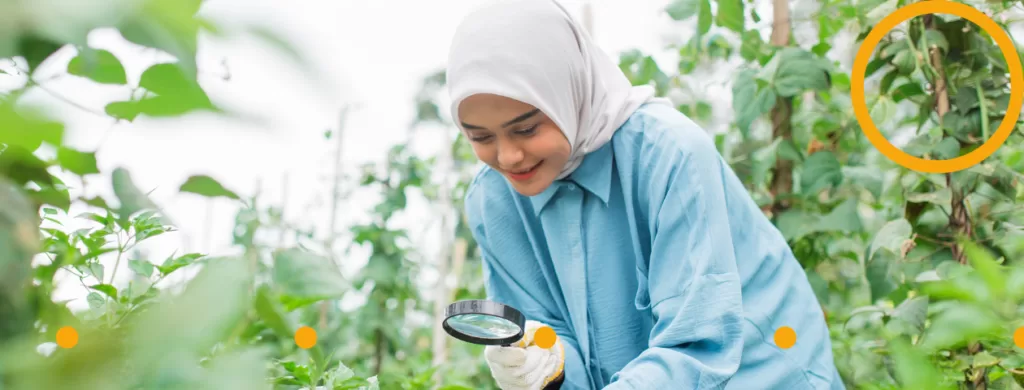
How well are universities responding to the climate change emergency? What can they do to understand their progress and share their successes?
As global leaders gather for the COP26 summit in Scotland next week, hope is growing for decisive action to slow the climate crisis before it’s too late.
Universities and prospective students alike will be examining how they can contribute to the target of reaching net-zero emissions by 2050.
140 universities have backed a new set of commitments drawn up by Universities UK including emission reduction targets and climate change policy in line with the UN Sustainable Development Goals.
In recognition of the importance of environmental sustainability to the higher education sector, QS is adding a new Environmental Impact category to the QS Stars rating system.
QS Stars is a rating system used by more than 600 universities to assess their performance in criteria including teaching, employability, research and internationalisation.
We spoke to Leigh Kamolins, Head of Evaluation at QS, to explain more about student expectations around environmental sustainability and how the Environmental Impact category provides a new international standard for the sector:
How much does environmental sustainability matter to prospective international students?
“We know that achieving environmental sustainability is one of the most important goals of Gen Z. The millions of prospective students we engage with at our events and through our surveys tell us that they want to see universities doing more to embed sustainability into their teaching, research and wider operations, from renewable energy initiatives to the reduction of single-use plastics.
“Just over 70% of prospective students agree that universities care about the environment but 94% think that universities should be doing more to be environmentally sustainable (Sustainability in Higher Education: What More Can Universities Do?). In the years to come, I think we’re highly likely to see a university’s environmental record playing an increasingly significant role in where international students choose to study.”
In your view, what role can universities play in tackling climate change?
“Every organisation and business should be prioritising environmental sustainability. What is perhaps unique to universities is the breadth of opportunities they have to influence and champion a more sustainable approach through their education and research, both within their local communities and via their global networks.
We know that university leaders recognise the importance of setting and delivering greater environmental sustainability. However, we also know that – like all of us – they have had to navigate unprecedented levels of change over the past 18 months in their response to the COVID-19 pandemic, where the welfare and wellbeing of their students and staff have been their top priorities.
As universities continue to adapt and respond to the changes brought about by the pandemic, I am certain that we’ll see a continued commitment to meeting their environmental goals and driving innovation in sustainability.”
Why have you decided to introduce an Environmental Impact category to QS Stars?
“The introduction of this new category in the QS Stars rating system is in response to institutions wanting to better understand their performance on tackling climate change to an international standard within the sector.
“Universities want to be able to track their progress towards their sustainability goals and ensure prospective students see that they share their priorities. Prospective students want to know how much universities value the environment and understand how one institution’s approach compares to another.”
What will the new Environmental Impact category in the QS Stars rating measure?
“The new category will evaluate an institution’s progress in three key areas – operations, research and education. Over many years we have heard about what is being planned and it is now time to take action and to measure what is being done to solve this global crisis.
“Factors assessed would include a university’s energy and resource consumption, the number of staff members dedicated to fostering sustainability or addressing climate change and public education and outreach activity on environmental sustainability.”
This week, Leigh joined leading thinkers and practitioners from across the Higher Education sector in a round table event organised by the UN Higher Education Sustainability Initiative to discuss how to ensure that the rankings, ratings and assessments used to measure university outputs support the UN Sustainable Development Goals.
He is also participating in the Leaders’ Form as part of the COP26 Climate Action in International Education Week next month, where the focus will be on advancing the climate change agenda in international education.
You can read more about the methodology for the QS Stars rating system here.
To find out more about QS Stars including the new Environmental Impact rating, visit our QS Stars webpages and complete the online form to speak with a QS consultant.



